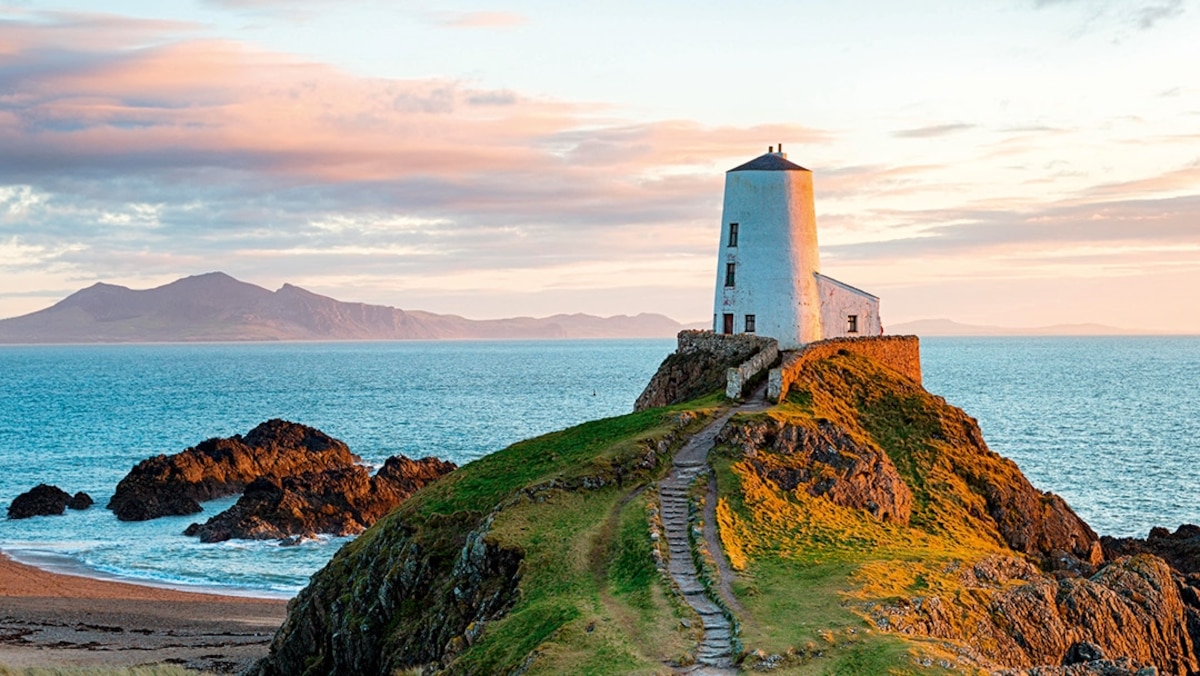Now Reading: Top Two Long-Distance Hikes in the UK Revealed
-
01
Top Two Long-Distance Hikes in the UK Revealed
Top Two Long-Distance Hikes in the UK Revealed

quick Summary:
- The article explores the long-distance walking traditions in Britain,highlighting National Trails and historic pathways.
- Key paths discussed include the Anglesey Coastal Path (135 miles, Wales) and Hadrian’s Wall Path (42 miles, northern England).
- Anglesey Coastal path: Known for its accessible terrain, varied beaches, medieval castles, lighthouses like South Stack and Penmon, red squirrel sightings at Plas Newydd Estate, and Neolithic sites such as Barclodiad y Gawres. Featured towns/restaurants include Menai Bridge with Michelin-starred dining options.
– Hadrian’s Wall Path: Central section features Roman forts like Housesteads and mysterious religious sites like Carrawburgh Mithraeum. Other notable stops include Lanercost Priory and Twice Brewed Inn with stargazing facilities near Northumberland’s Dark Sky Park. Access is supported by bus services like AD122.
- Long-distance hiking in Britain connects modern trekkers to historical routes traveled by ancient civilizations-Romans to medieval pilgrims-while also offering natural beauty alongside cultural landmarks.
Indian Opinion Analysis:
Britain’s focus on preserving long-distance walking trails reflects an intertwining of history conservation efforts with modern tourism strategies that cater to nature enthusiasts worldwide. For India-a country rich in heritage pathways ranging from Himalayan pilgrim treks to the Western Ghats-it presents an inspiration for balancing heritage preservation with eco-tourism development models. India’s tourism operators could study Britain’s approach of creating accessible trails paired with accommodations while spotlighting historical significance to foster local economies sustainably.
Moreover, comparing infrastructure such as bus services supporting trail access or curated gastronomic experiences shows potential avenues for growth within Indian trekking circuits. It highlights how India can tap into its unique cultural stories surrounding age-old routes (e.g., Char Dham or Sahyadri passes) through improved logistical planning while maintaining environmental integrity.
























